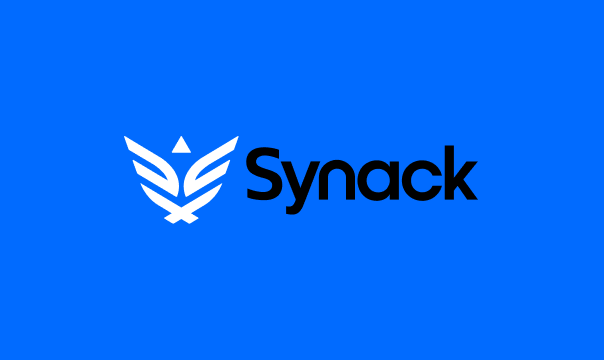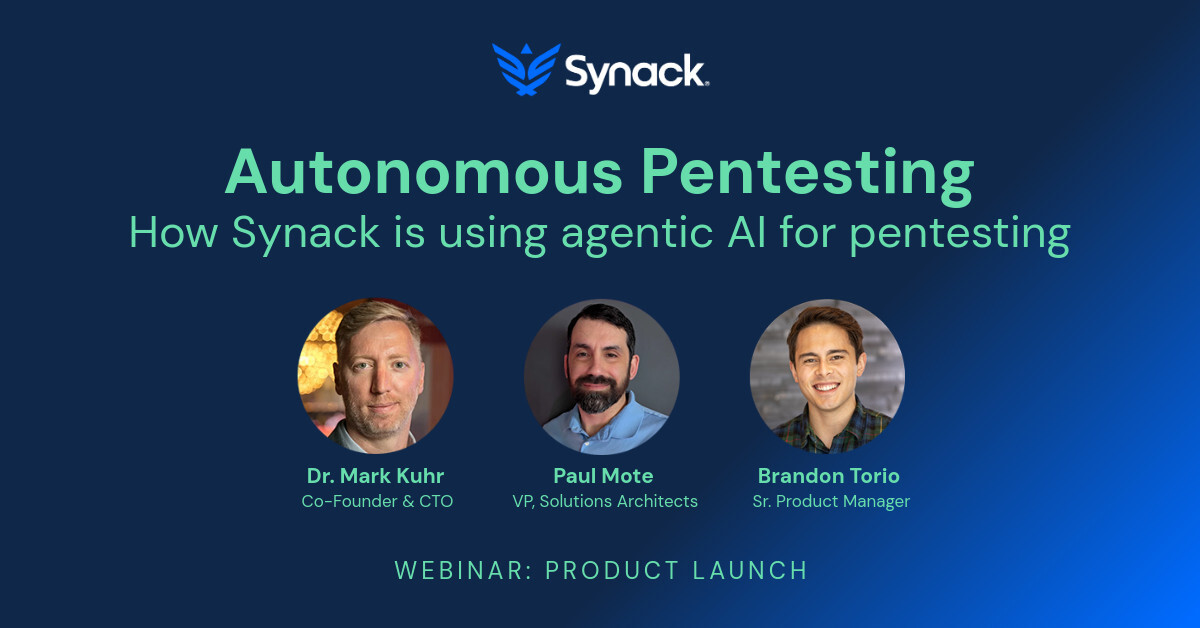AI agents are increasingly used in penetration testing. Some recent examples include PentestAGI and Synack’s Sara. Agents can add considerable value by reducing the time and effort required to complete some testing tasks manually. For example, an agent can autonomously initiate an nmap scan on a target web application IP address. Companies like Synack are utilizing multi-agent models that deploy hundreds of AI specialized agents. These agents work collaboratively, much like a Red Team, to autonomously conduct penetration tests.
In this blog, we aim to explain agentic AI technology and how it’s different from standard large language models (LLMs). We also give an overview of specialized AI agents and multi-agent architecture types. The blog leverages security research from James Thatcher, Staff AI Engineer at Synack, and Matt Devy, a former Staff AI Engineer at Synack.
What Is Agentic AI – Cutting Through the Noise
All the discussion about AI means it’s easy to conflate different terms and hard to understand what sets one “AI-powered” cybersecurity solution apart from the next. After ChatGPT came out, most became familiar with generative AI of which LLMs are a subset. LLMs are deep learning models trained on vast text data, generating human-like language. Some examples you might see in the wild include Claude, ChatGPT, and Gemini. They can all be applied for cybersecurity use cases– from phishing simulations to writing vulnerability reports. What sets agentic AI apart from LLMs and other types of AI is:
- The ability to act independently and make decisions autonomously
- Learn from experiences
- Adapt to new situations
- Orchestrate tools on their own
Agentic AI can do strategic reasoning and planning, continuous learning and adaption, and even autonomous tool use. This also allows agents to utilize LLMs for reasoning and planning, subsequently employing various tools to execute that plan in the real world. In pentesting this means the agent can decide to use nmap to scan for open ports, then hashcat to crack a password, and finally curl to send a malicious payload, all without human intervention.
Specialized Agents With the Real World Pentesting Use Cases
Specialized AI agents are built to operate in complex, dynamic environments where they go beyond simply answering questions to form hypotheses, execute multi-step plans, and adapt to unexpected outcomes. In pentesting, a coordinated, multi-agent system of hundreds of specialist agents work together and oversee different tasks (i.e. recon agent, scanning agent, exploitation agent). A single AI agent can handle high-skill, high-risk tasks, such as viewing a login form and deciding if it’s vulnerable to SQL injection and then forming a multiple step plan similar to a human to test, confirm and exploit it.
Agent Topologies – Structuring How Agents Interact and Coordinate
Agentic AI systems can use single or multiple AI agents. Single AI agents handle tasks sequentially and are used for a well-defined task or process. With multi-agent agentic AI, complex workflows are broken down into smaller segments, and multiple AI agents collaborate to complete the task. Most agentic AI systems employ the multi-agent model as this approach is more scalable and capable of completing complex tasks. Multi-agent agentic AI systems are either horizontal or vertical.
| Agent System Type | Structure/Hierarchy | Core Mechanism | Key Benefit & Function |
| Horizontal Multi-Agent AI | Flat/Parallel (All agents at the same level of technical proficiency and complexity). | Specialized AI agents, each focusing on a narrow skill. Lateral collaboration and communication are used, with agents coordinating through an orchestrator. | Avoids duplicated work by running specialized agents simultaneously. Provides faster, scalable coverage, and centralized governance for safety. |
| Vertical Multi-Agent AI | Hierarchical structure (Lower-level agents have simpler tasks compared to higher-level ones). | Low-level agents handle routine tasks (e.g., collecting data); Top-level agents handle critical thinking and decision-making. Output from lower agents is passed to higher agents. | Enables controlled escalation, allowing higher-level agents to set goals and authorize actions. Provides more transparent accountability and safer governance. |
Conclusion – Agentic AI Agents Take Pentesting to Next Level
Agentic AI significantly multiplies pentesting effectiveness—from speed and coverage to reproducibility and adaptive testing. When the various types and categories of AI agents are combined, pentesting can achieve better results and be used more widely across an attack surface. When using agentic AI agents, remember to match agent type to functional task, enforce machine-readable policies and audit trails, and keep humans in the loop responsible for high-risk decisions and final sign-off.
To learn more about Synack’s approach to pentesting powered by agentic AI join our webinar.






